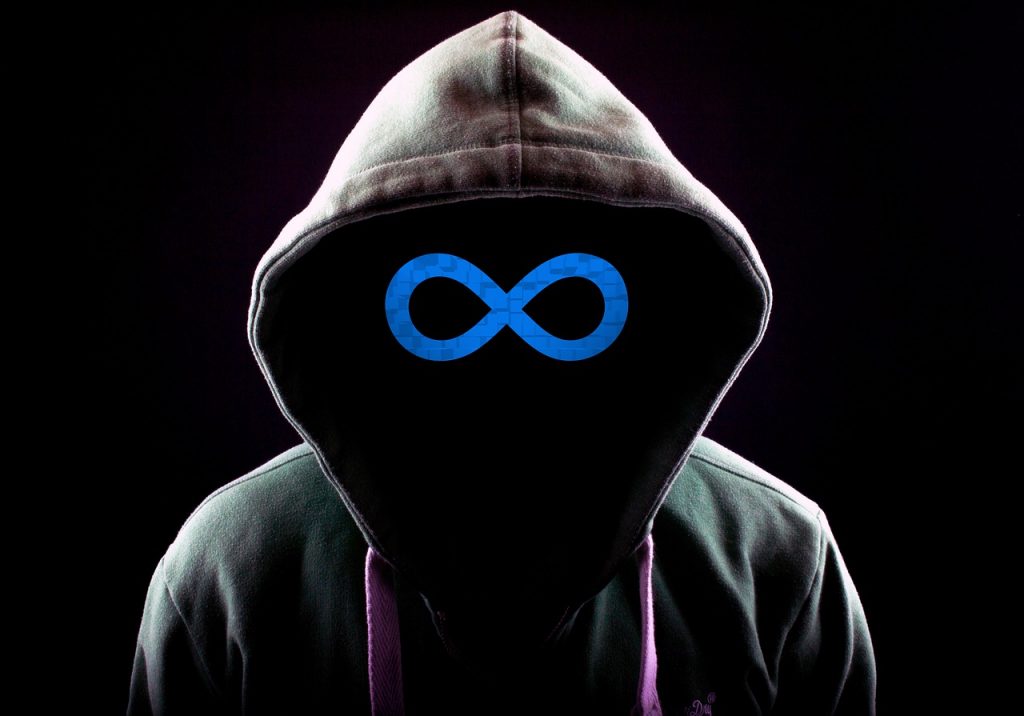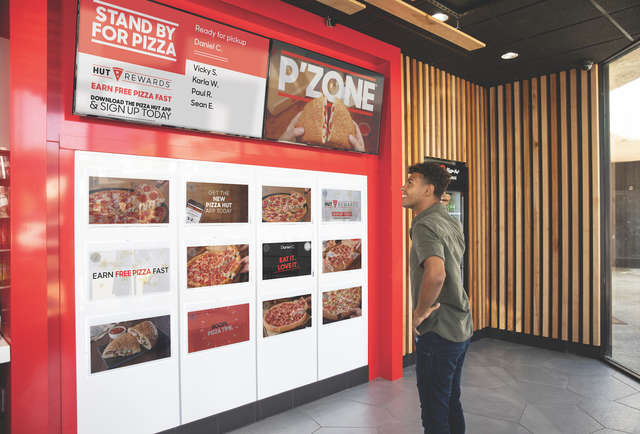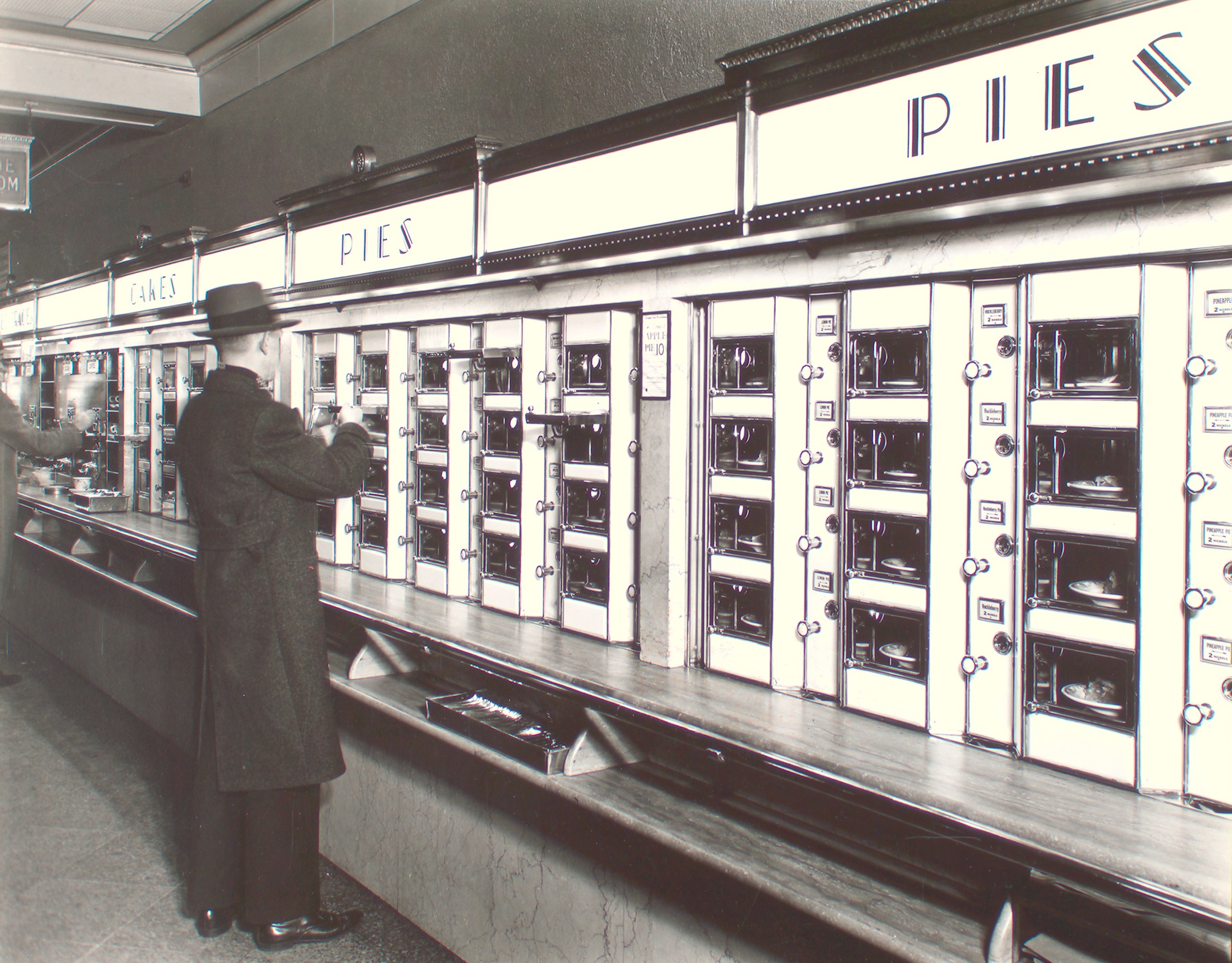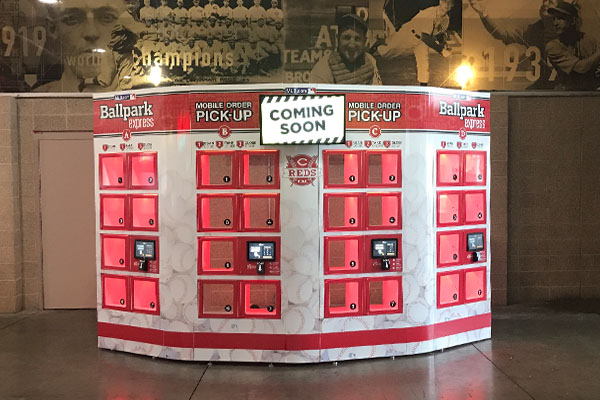
GUEST POST from Mike Shipulski
Cigarette companies rebranded themselves because their products caused cancer and they wanted to separate themselves from how their customers experienced their products. Their name and logo (which stand for their brand) were mapped to bad things (cancer) so they changed their name and logo. The bad things still happened, but the company was one step removed. There was always the option to stop causing cancer and to leave the name and logo as-is, but that would have required a real change, difficult change, a fundamental change. Instead of stopping the harm, cigarette companies ran away from their heritage and rebranded.
Facebook rebranded itself because its offering caused cancer of a different sort. And they, too, wanted to separate themselves from how their customers experienced their offering. The world mapped the Facebook brand to bullying, harming children, and misinformation that destroyed institutions. Sure, Facebook had the option to keep the name and logo and stop doing harm, but they chose to keep the harm and change the name and logo. Like the cigarette companies, they chose to keep the unskillful behavior and change their brand to try to sidestep their damaging ways. Yes, they could have changed their behavior and kept their logo, but they chose to change their logo and double down on their unhealthy heritage.
The cigarette companies and Facebook didn’t rebrand themselves to move toward something better, they rebranded to run away from the very thing they created, the very experience they delivered to their customers. In that way, they tried to distance themselves from their offering because their offering was harmful. And in that way, rebranding is most often about moving away from the experience that customers experience. And in that way, rebranding is hardly ever about moving toward something better.
One exception I can think of is a special type of rebranding that is a distillation of the brand, where the brand name gets shorter. Several made-up examples: Nike Shoes to Nike; McDonald’s Hamburgers to McDonald’s; and Netflix Streaming Services to Netflix. In all three cases, the offering hasn’t changed and customers still recognize the brand. Everyone still knows it’s all about cool footwear, a repeatable fast-food experience, and top-notch entertainment content. If anything, the connection with the heritage is concentrated and strengthened and the appeal is broader. If your rebranding makes the name longer or the message more nuanced, you get some credit for confusing your customers, but you don’t qualify for this special exception.
If you want to move toward something better, it’s likely better to keep the name and logo and change the offering to something better. Your brand has history and your customers have mapped the goodness you provide to your name and logo. Why not use that to your advantage? Why not build on what you’ve built and morph it slowly into something better? Why not keep the brand and improve the offering? Why not remap your good brand to an improved offering so that your brand improves slowly over time? Isn’t it more effective to use your brand recognition as the mechanism to attract attention to your improved offering?
In almost all cases, rebranding is a sign that something’s wrong. It’s expensive, it consumes a huge amount of company resources, and there’s little to no direct benefit to customers. When you feel the urge to rebrand, I strongly urge you to keep the brand and improve your offering. That way your customers will benefit and your brand will improve.
Image credit: Pixabay
![]() Sign up here to get Human-Centered Change & Innovation Weekly delivered to your inbox every week.
Sign up here to get Human-Centered Change & Innovation Weekly delivered to your inbox every week.




 I’ve been meaning to write this post for some time, and am finally getting around to it, so hear goes…
I’ve been meaning to write this post for some time, and am finally getting around to it, so hear goes… For those of you not familiar with the
For those of you not familiar with the 